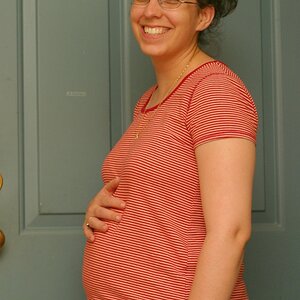Stradawhovious
Been spending a lot of time on here!
- Joined
- Nov 8, 2010
- Messages
- 3,241
- Reaction score
- 911
- Location
- Minneapolis, MN
- Can others edit my Photos
- Photos OK to edit
Let me preface this by saying I'm not a pro. I don't aspire to be a pro, and therefore don't have a need for professional equipment.
That said, I'm tired of using speedlights in place of strobes for staged shots. I find them to be weak and finicky when you use them for a purpose for which they were unintended.
Today I received a $150 gift card to Amazon from work and decided to pull the trigger on a "Neewer 600w studio strobe" kit, even though I wasn't able to find any reasonable number of reviews. The kit contains two 300w/s strobes, a couple cheap stands and a couple (I assume) cheap soft boxes. I realize the modifier mounts for these strobes are not standard, so that's not a concern. What I'd really like to know is how people that own them feel about them. I'm not in danger of buyer's remorse here, since I have been known to spend more money... at the bar... on beer... in one evening... and it was free money, but if there is anything I need to know about them before they arrive, it would be nice to be armed with knowledge. (I understand the included documentation leaves a lot to be desired.)
So have at it... anyone have any meanigful first hand experience with these?
ETA reference link...
http://www.amazon.com/Neewer-Monoli...F8&qid=1455197279&sr=8-2&keywords=neewer+600w
That said, I'm tired of using speedlights in place of strobes for staged shots. I find them to be weak and finicky when you use them for a purpose for which they were unintended.
Today I received a $150 gift card to Amazon from work and decided to pull the trigger on a "Neewer 600w studio strobe" kit, even though I wasn't able to find any reasonable number of reviews. The kit contains two 300w/s strobes, a couple cheap stands and a couple (I assume) cheap soft boxes. I realize the modifier mounts for these strobes are not standard, so that's not a concern. What I'd really like to know is how people that own them feel about them. I'm not in danger of buyer's remorse here, since I have been known to spend more money... at the bar... on beer... in one evening... and it was free money, but if there is anything I need to know about them before they arrive, it would be nice to be armed with knowledge. (I understand the included documentation leaves a lot to be desired.)
So have at it... anyone have any meanigful first hand experience with these?
ETA reference link...
http://www.amazon.com/Neewer-Monoli...F8&qid=1455197279&sr=8-2&keywords=neewer+600w
Last edited:
As an Amazon Associate we earn from qualifying purchases.


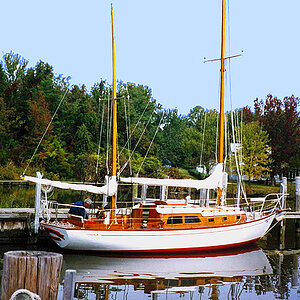




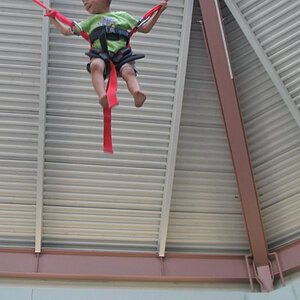

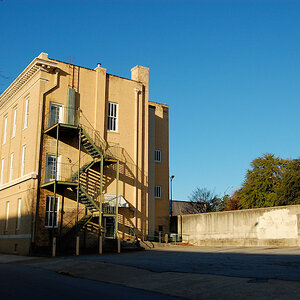
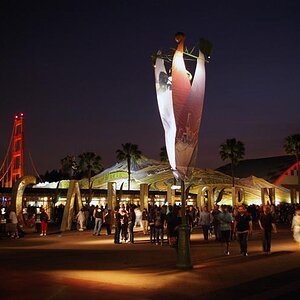
![[No title]](/data/xfmg/thumbnail/32/32635-be18e952e67667cbb1525b4b057b6423.jpg?1619735554)
